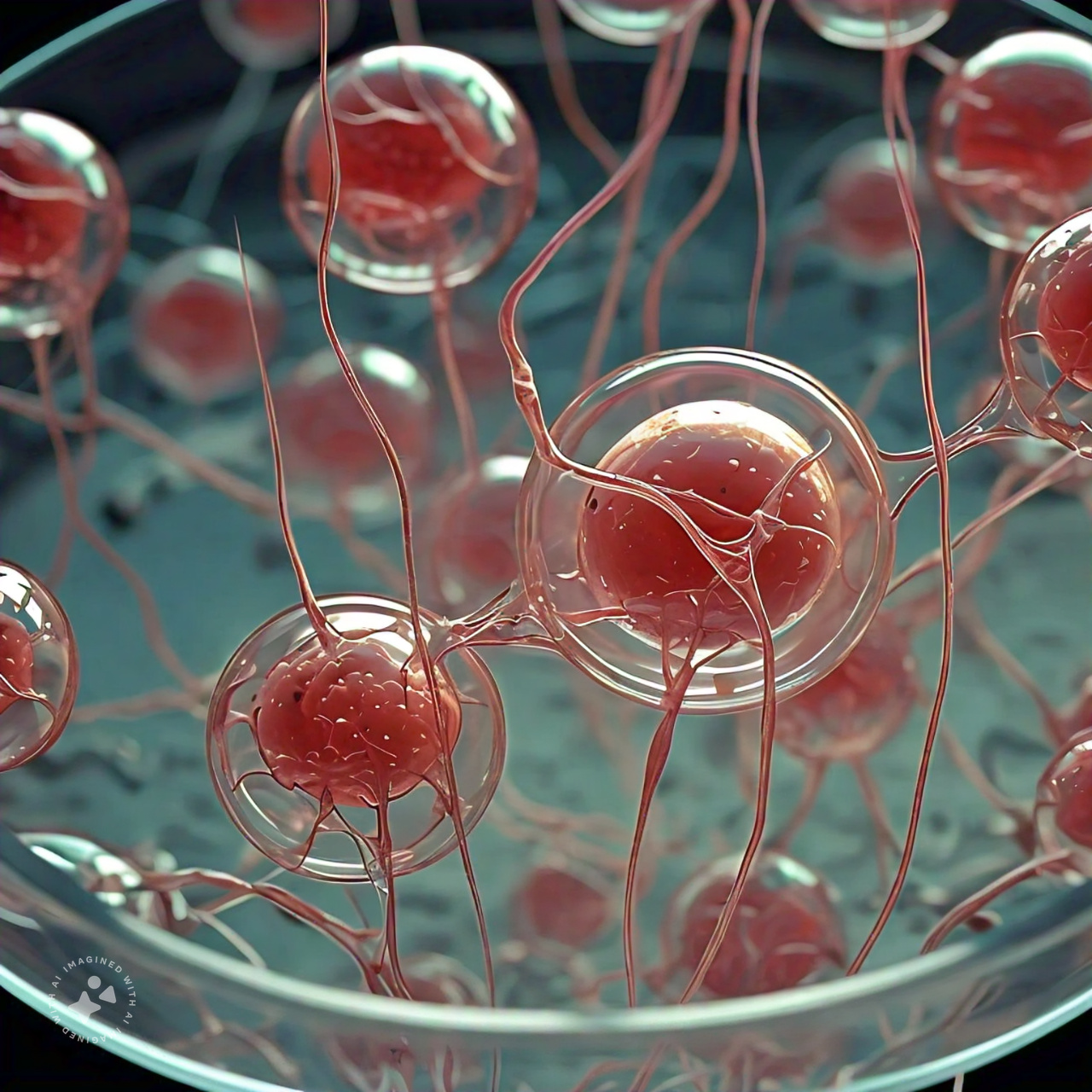The report Stem Cell Therapy Market is projected to reach USD 615 million by 2028 from USD 286 million in 2023, at a CAGR of 16.5% during the forecast period.
The major factors driving the growth of the market are expanding number of clinical trials of stem cell therapies, rise in stem cell research funding and and growing number of GMP-certified cell therapy production facilities. However, high costs associated with the development of stem cell therapy and treatment is anticipated to hamper the market growth in coming years.

Market Segmentation: –
The adipose tissue-derived MSCs segment dominated the stem cell therapy market in 2022.
The global stem cell therapy market is segmented into adipose tissue-derived MSCs, bone marrow-derived MSCs, placenta/umbilical cord-derived MSCs, and other cell sources. Prominent factors such as easy availability of adipose-derived stem cell tissues and its diversified properties properties similar to other mesenchymal stem cells/tissues is likely to uplift the demand for adipose tissue derived MCs.
In 2022, the musculoskeletal disorders led the stem cell therapy market.
Based on therapeutic application, the global stem cell therapy market is segmented into musculoskeletal disorders, wounds & surgeries, cardiovascular diseases, surgeries, inflammatory & autoimmune diseases, neurological disorders, and other therapeutic applications. The large share of this segment can be attributed increasing prevalence of musculoskeletal diseases. Increasing investment in stem cell therapy for neurological diseases is likely to skyrocket the segment in coming years.
Regional Analysis: –
The Asia Pacific region is likely to grow at faster pace during the forecast period.
The Asia Pacific is estimated to be the fastest-growing segment of the market. The growth of the stem cell therapy markets in the region is driven by a rising emphasis on strategic initiatives such as partnerships, collaborations & expansion and increased adoption of stem cell therapies among the patient population. The rising prevalence of cancer and increased investment in research & development of the launch of novel stem cell therapies in the region are some of the major factors anticipated to upsurge the market growth.
Growth Driver: Increased funding for stem cell research
Government initiatives and funding mechanisms exert a pivotal influence on the dynamics of the market. Favorable regulatory frameworks and financial support from governmental bodies play a catalytic role in fostering an environment conducive to research and development in stem cell therapies. The need for newer and better therapies for the treatment of autoimmune, neurological, and cardiovascular diseases has resulted in an overall increase in research activities and the availability of funding for cell-based research. In December 2022, Alpha Stem Cell Clinic received an USD 8 million, five-year grant from the California Institute of Regenerative Medicine (CIRM) for the study of the use of self-renewing cells to treat human disease.
Growth Opportunity: The emergence of iPSCs as an alternative to ESCs
Induced pluripotent stem cells (iPSCs) are adult stem cells that have been genetically reprogrammed back to an embryonic stem cell-like state. iPSCs function similarly to embryonic stem cells (ESCs), having the ability to differentiate into specialized tissue cells according to the gene expression; this makes iPSCs an effective alternative to ESCs. As ESCs are derived from early-stage embryos, they are associated with socio-ethical issues and laws related to contraception, abortion, and in vitro fertilization. The use of iPSCs bypasses the need for human embryos, thus avoiding socio-ethical objections.
Recent Developments of Stem Cell Therapy Industry
- In April 2023, US FDA approved Omisirge (omidubicel-onlv), a substantially modified allogeneic (donor) cord blood-based cell therapy.
- In July 2022, CORESTEM (South Korea) continued enrolling participants for the Phase 3 clinical trial of NeuroNata-R. This therapy has received conditional approval for treating ALS patients in South Korea
- In September 2020, Stemedica Cell Technologies received investigational new drug (IND) approval from the US FDA for intravenous allogeneic mesenchymal stem cells (MSCs) to treat moderate to severe COVID-19.
Key Players
The stem cell therapy market is competitive, with a small number of players competing for market shares. Smith+Nephew (UK), MEDIPOST Co., Ltd. (South Korea), Anterogen Co., Ltd. (South Korea), CORESTEM (South Korea), Pharmicell Co., Ltd. (South Korea), NuVasive, Inc. (US), RTI Surgical (US), AlloSource (US), JCR Pharmaceuticals Co., Ltd. (Japan), Takeda Pharmaceutical Company Limited (Japan), Holostem Terapie Avanzate Srl (Italy), Orthofix (US), Regrow Biosciences Pvt Ltd. (India), and STEMPEUTICS RESEARCH PVT LTD. (India) among others are some of the leading players in this market. Most companies in the market focus on organic and inorganic growth strategies, such as product launches, expansions, acquisitions, partnerships, agreements, and collaborations, to increase their product offerings, cater to the unmet needs of customers, increase their profitability, and expand their presence in the global market.
